This is the third lesson in my series on distortion pedals. I never thought I’d make it to a third lesson! If I manage to get to seven, it could be worth a credit. Maybe I’ll give it a shot...
In the first lesson, I introduced TS-style pedals, and in the second, I covered transparent types. By the way, sometimes you’ll see transparent pedals mistakenly categorized as TS-style due to inconsistent labeling. Please note that this is incorrect.
⇒ Lesson 1: TS-style
⇒ Lesson 2: Transparent-style
Now, for the third lesson, I’ll be introducing Centaur-style pedals, often referred to as "Klon-style." Although there are clones of the original Klon Centaur as well as derived pedals based on it, for simplicity, I’ll collectively refer to them as "Klon-style."
Though it might be unnecessary at this point, let’s take a look at the Klon Centaur.
KLON – Centaur
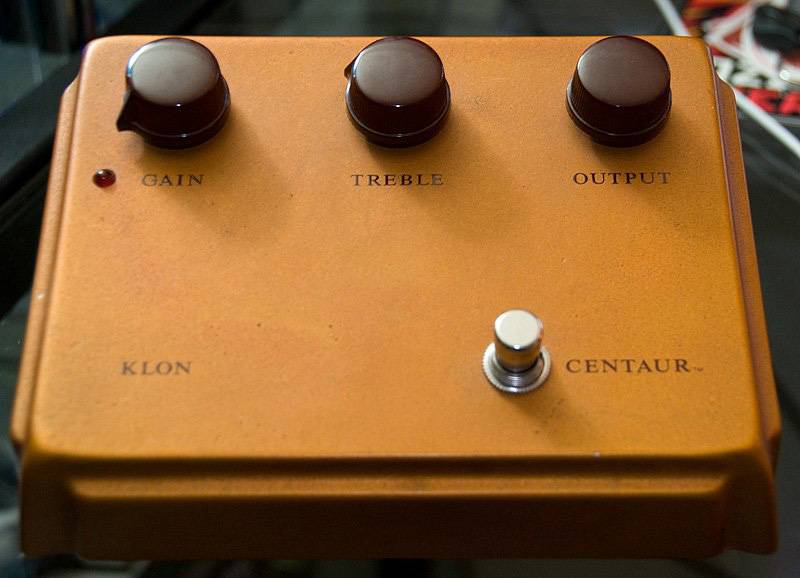
Klon Centaur, CC BY-SA 2.0 (Source: Wikipedia)
For anyone even remotely familiar with effect pedals, it's rare not to have come across the Klon Centaur. It's written "Centaur," and while some people pronounce it "Kentauluros," it's usually read as "Kentaulos" in Japanese.
The Centaur was born after a certain guitarist struggled to find a pedal that would solve his issues and, after four years of effort, finally created it. That guitarist was none other than Bill Finnegan. At the time, he played a Telecaster through a Twin Reverb, a classic combination. However, the amps of that era had a volume control that didn’t simply adjust the loudness like modern amps, but rather had a nuance more akin to gain control.
When playing in larger venues, he typically set the volume of his Twin Reverb to around 6. However, in smaller venues like cafés, he couldn’t use that volume and had to turn it down to 4 or 3. As mentioned earlier, the Twin Reverb of that era didn’t just adjust loudness with the volume knob; it also affected the tone quality. So, when lowering the volume, he couldn’t achieve the same richness as when it was set to 6.
This was the problem he faced and the challenge he needed to solve. He needed a pedal that could replicate that wide, open sound without making it obvious that an effect was being used. That’s what led him to start developing his own pedal.
If I keep writing like this, the story becomes grand, and I'll end up using too many words, focusing only on the introduction of the Centaur. So, I’ll trim it down here.
For those interested in more detailed history, I recommend the following articles:
- EffectorKoala - *Klon Centaur: A Look at the Turning Point in the History of Legendary Pedals*
The Klon Centaur comes in different enclosures depending on its production period, and its sound varies slightly as well. However, what remains consistent is its warm, round tone, which is distinct from a Tube Screamer, yet shares some similarities. The Centaur doesn’t fully distort on its own; instead, it’s designed to push an amp or another drive pedal into distortion.
At its core, the Centaur was created as a booster pedal. Like the Tube Screamer, but with more headroom, the Centaur produces a rich, fat sound without heavy distortion, and it has a broader range than the Tube Screamer (though not too broad, which is key). When used to boost clean tones, it delivers a thick, flavorful sound, and when pushing distortion, it gives a powerful lead tone. Understanding just that much is enough to handle the Centaur effectively.
Now then! Since the Centaur's tone is a personal favorite of mine, I could go on forever. But let’s wrap up the introduction to the Centaur and finally dive into the Klon-style pedals that it inspired. It’s about time!
ELECTRO-HARMONIX – Soul Food
The pedal I’m introducing this time is the most budget-friendly of the bunch. In my previous introduction of transparent-style pedals, Electro-Harmonix was also the cheapest option. Last time, the CRAYON was based on the Timmy, though they didn’t officially state that. However, the Soul Food is openly declared as a clone.
That said, if you’re expecting the exact sound of the original Centaur, you might feel a bit underwhelmed. While it does deliver a fat tone, it distorts quite a bit on its own. If you max out the DRIVE, it can even sound fuzz-like. There’s also a strong emphasis on the low end. Despite this, it still sounds great. If you dial down the DRIVE, you can enjoy a Klon-like boost.
Walrus Audio – Voyager【WAL-VOY】
Walrus Audio is relatively new to the pedal industry, and their first release was the Voyager. However, unlike the Soul Food mentioned earlier, Walrus Audio has never explicitly stated that the Centaur was their inspiration. It’s the players who have used the pedal that labeled it as a Klon-style pedal.
The Voyager stands out for its excellent note separation when distorted, maintaining clarity in chords and delivering a gentle tone. Its sound is rounder than the original Centaur, with great responsiveness to picking dynamics. That said, some might feel it’s not quite a Klon if that’s what they’re expecting.
BONDI EFFECTS – Sick As Overdrive
The Sick As has knobs that somewhat resemble those of the Centaur, though the name oddly reminds me of the MXR Badass. When you set the GAIN to its minimum and raise the LEVEL, it feels just like a clean booster. It boosts the original tone as if you're simply increasing the amp's output, with minimal coloration across the frequency range.
The TREBLE and BASS knobs are highly responsive, making it a solid choice for use as an EQ-equipped clean booster. When using it with distortion, adjusting the EQ can give it the character of a treble or mid booster. The toggle switch also allows you to change modes, ensuring this pedal remains versatile and fun to use.
MXR – M294 Sugar Drive
Now, making its grand entrance—MXR. Compact in both size and price, the Sugar Drive is MXR’s take on the Centaur, with their own twist. It’s modeled after the early Gold/Long Tail version of the Klon, delivering a satisfying low-end growl when you boost the distortion. The sound is thick and deep, making it a standout.
One of the great features is the ability to switch the buffer on and off, which is a big plus for those who like to chain fuzz pedals in their setup.
And now, let’s move on to the main event!
J. ROCKETT AUDIO DESIGNS – ARCHER
Many of you may not be familiar with the brand, but JRAD is actually the company that handled OEM production of the KTR, the true successor to the Centaur. With that pedigree, it’s no surprise that the quality as a Klon-style pedal is exceptional.
The sound characteristics are quite close to the early silver/long tail Centaurs, and even with the GAIN turned up, the distortion remains relatively tame. One standout feature of this pedal is its buffer. Since it uses buffered bypass, simply placing it first in your signal chain enhances your guitar’s tone.
Of course, the sound when activated is superb. It offers wide headroom, creamy clean tones when the GAIN is set to minimum, and brilliant harmonics when pushing other distortions. Even at low gain, the harmonics are so rich that you can easily pull out pinch harmonics with your picking.
The TREBLE knob might take some getting used to, but no matter how you tweak it, this pedal magically delivers great tone.
By the way, there’s also the **ARCHER Ikon** , which is closer in character to the early gold/long tail version of the Centaur. It offers more pronounced distortion and a sharper, more aggressive sound.
That being said, whether these pedals are truly close to the original Klon Centaur is a matter of personal opinion, and evaluations tend to vary.
Now, let’s bring out the final contender for its grand entrance!
WARM AUDIO - Centavo
Without a doubt, this is the Centaur. Out of all the pedals introduced today, this one is the most "Centaur" of them all. First of all, just look at it—the gold enclosure and its imposing size are unmistakably Centaur.
While its large footprint might take up precious space on your pedalboard, the sound it delivers more than makes up for it. It’s that good!
To be honest, all of the pedals I introduced today sound great, but in my opinion, the best "Klon" sound comes from the **Centavo**. That said, simply using the same parts and circuit design as the original Centaur doesn’t guarantee the same sound. Even with identical part numbers, the specifications can change slightly over time. Warm Audio refused to compromise on this, paying close attention to the behavior of each component in order to faithfully recreate the Centaur’s sound.
Like the ARCHER, the Centavo also uses a buffered bypass, meaning even when the pedal is off, just having it in your signal chain enhances your tone. It also comes with a MOD switch, which improves the low-end string response, similar to the Centaur owned by Jeff Beck.
The sound is pure Centaur. While it may feel slightly more refined and modern, particularly in how the distortion is smoother, this isn’t an issue when considering the natural variation and aging found in original Centaurs. It’s an exceptional pedal that faithfully captures the essence of the original.
Despite its outstanding quality, the price is an incredible ¥27,800 (tax included). This level of craftsmanship and value is only possible because it’s made by Warm Audio, a brand known for producing high-quality clones. Just seeing the Warm Audio name alone gives me peace of mind.
So, that wraps up my introduction to Klon-style pedals. What did you think? I completely understand if my descriptions don’t fully convey the sound—if that’s the case, I highly recommend checking out the sound samples on each product page.
These are distortion pedals, yet they can make a strong impact even without much distortion, which is what makes them so remarkable. Personally, I love using both transparent-style and Klon-style pedals together. In fact, if I had a Jan Ray and Centavo, I’d feel like I wouldn’t need any other distortion pedals!
Many professionals adore Klon-style pedals, and I’m sure once you try them, you’ll become hooked too.
The “sound & person” column is made up of contributions from you.
For details about contributing, click here.





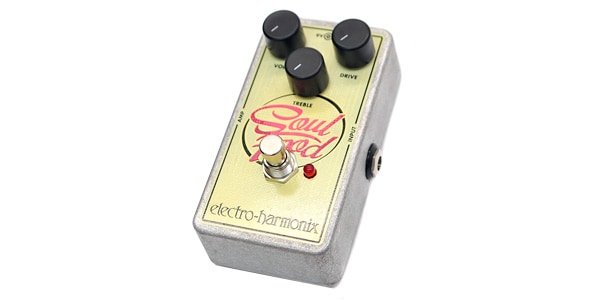
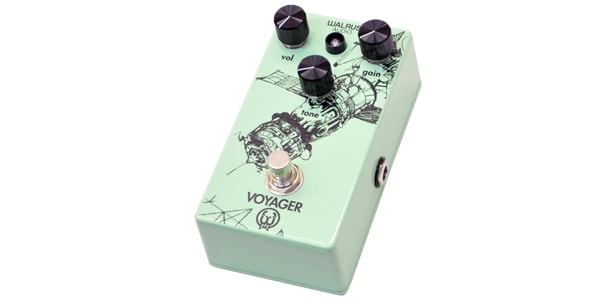
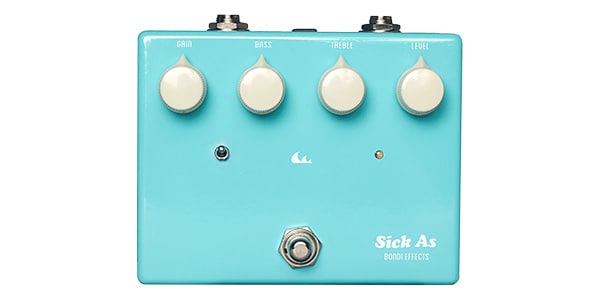
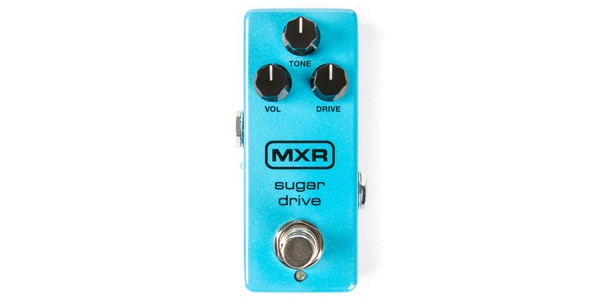
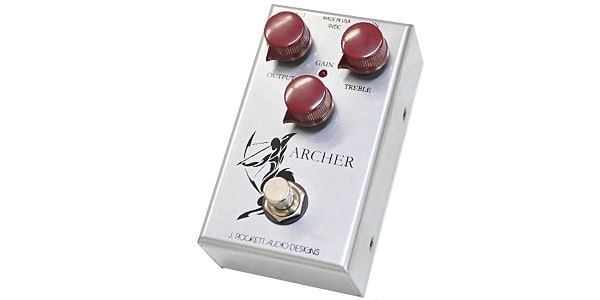
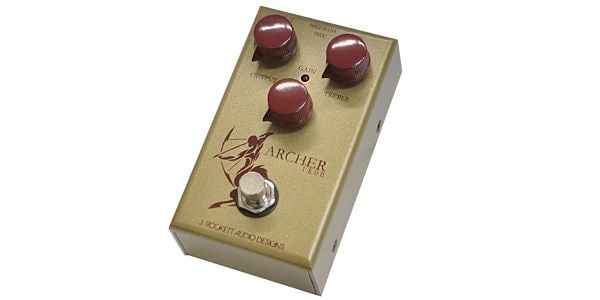
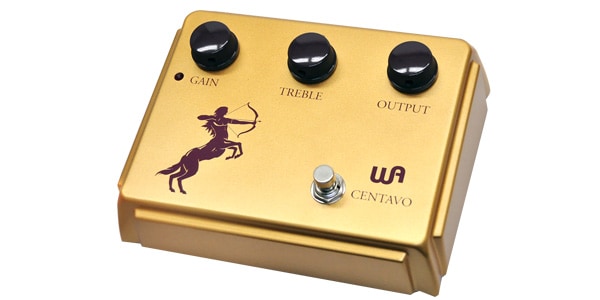












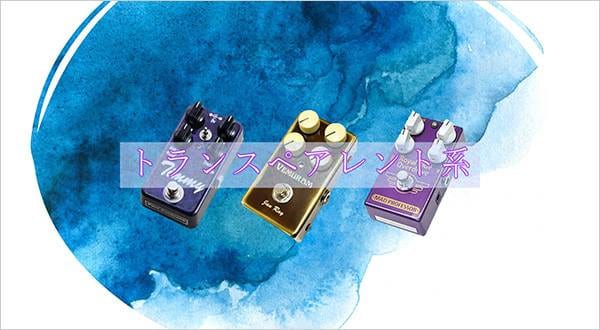
![[Effects Pedal Explanation] Distortion Effects Pedals TS System](/contents/uploads/thumbs/5/2024/5/20240516_5_26868_1.jpg)
![Recommended Effects Pedals for Backing Guitar [For Single Coil Pickups]](/contents/uploads/thumbs/5/2024/4/20240424_5_26603_1.jpg)
![[2025 Latest Edition!] 5 Recommended Distortion Pedals!](/contents/uploads/thumbs/2/2023/12/20231228_2_25090_1.jpg)

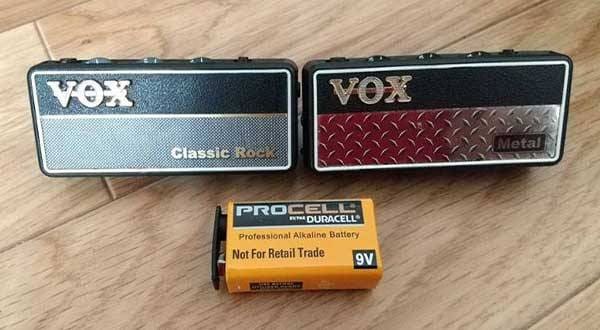
 WARM AUDIOとは
WARM AUDIOとは
 【初心者向け】エフェクター講座
【初心者向け】エフェクター講座
 あなたのエフェクターボード見せてください
あなたのエフェクターボード見せてください
 ベース用エフェクターの種類
ベース用エフェクターの種類
 エフェクターのつなぎ方
エフェクターのつなぎ方
 エフェクターの種類
エフェクターの種類















